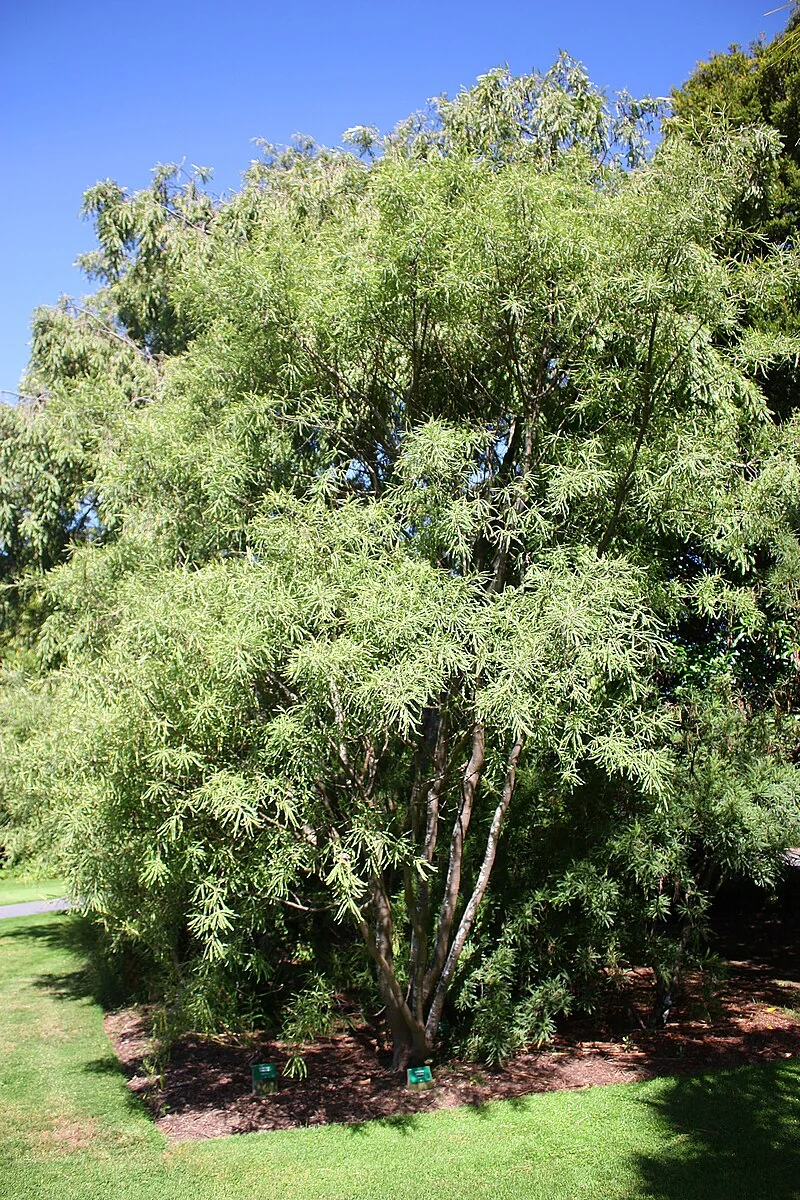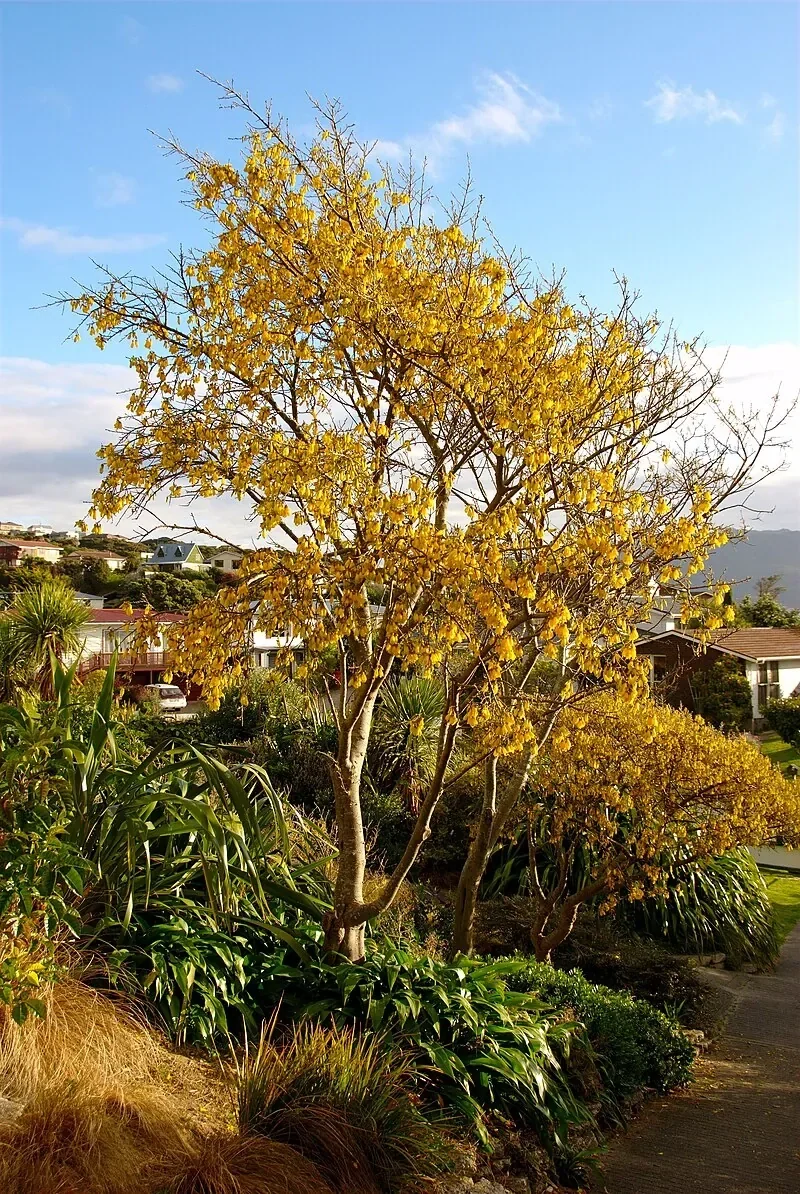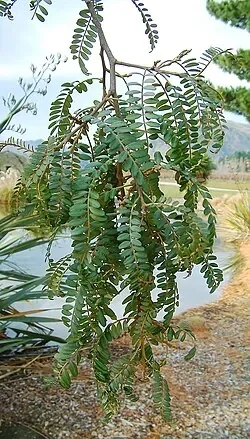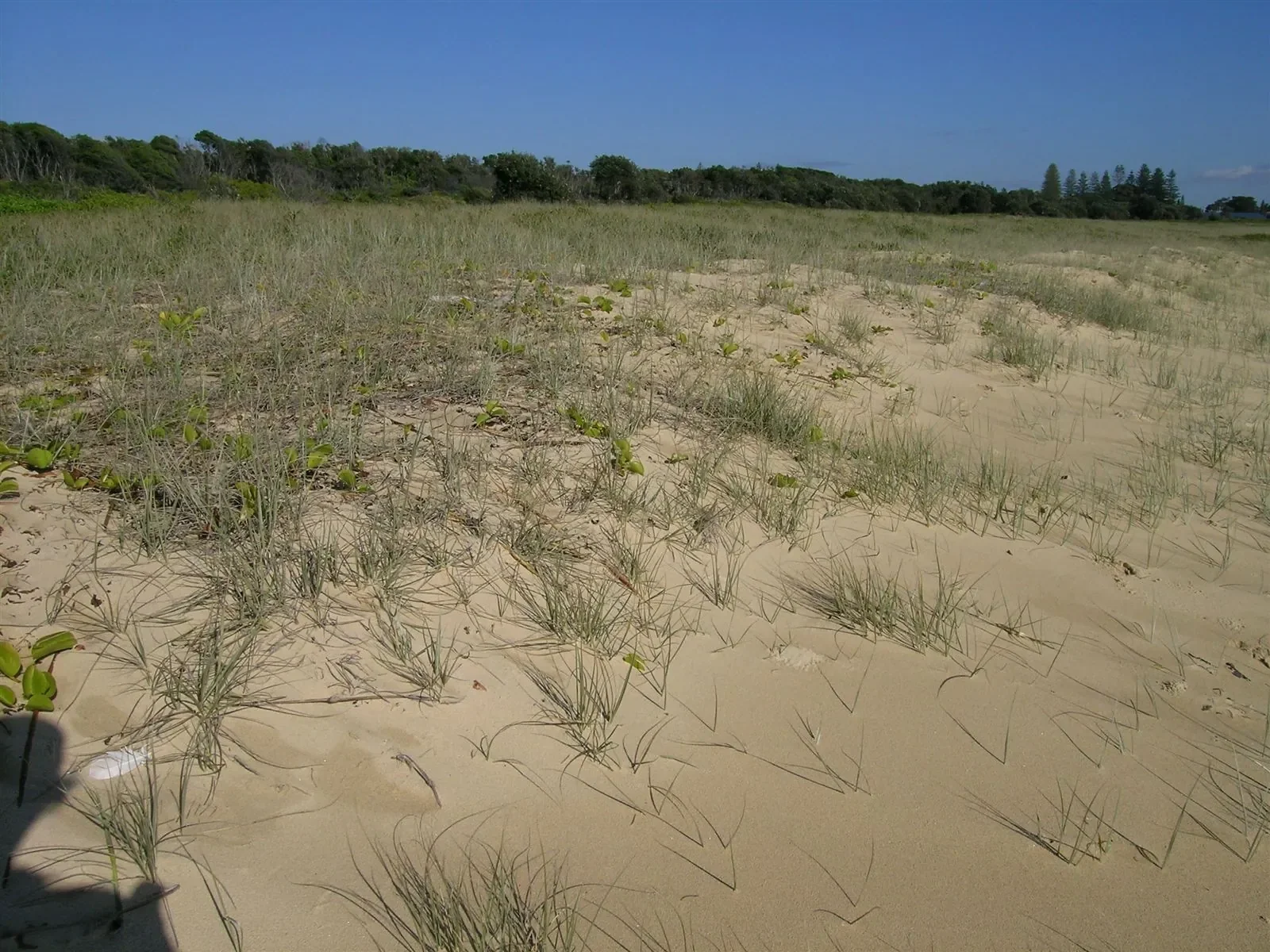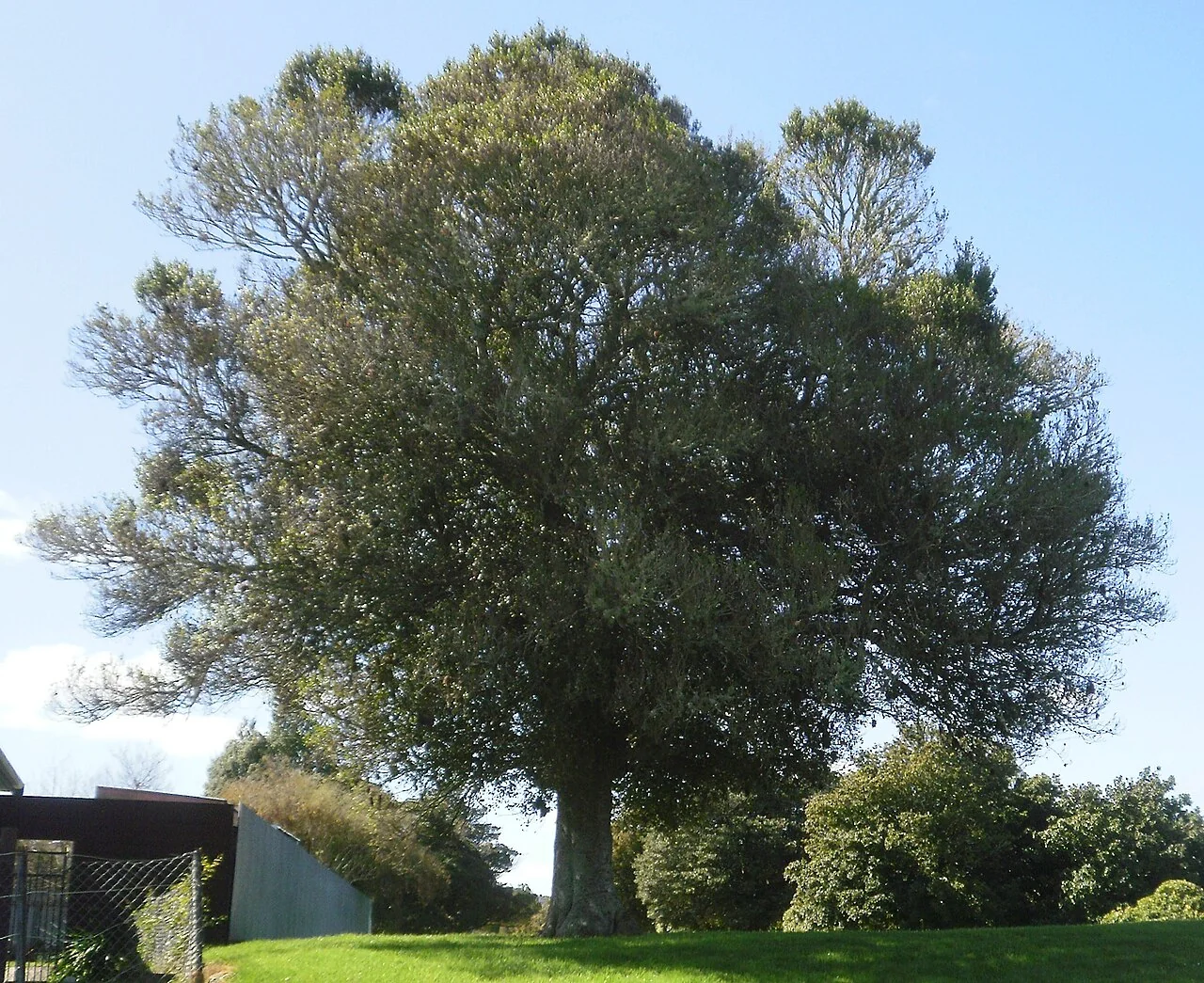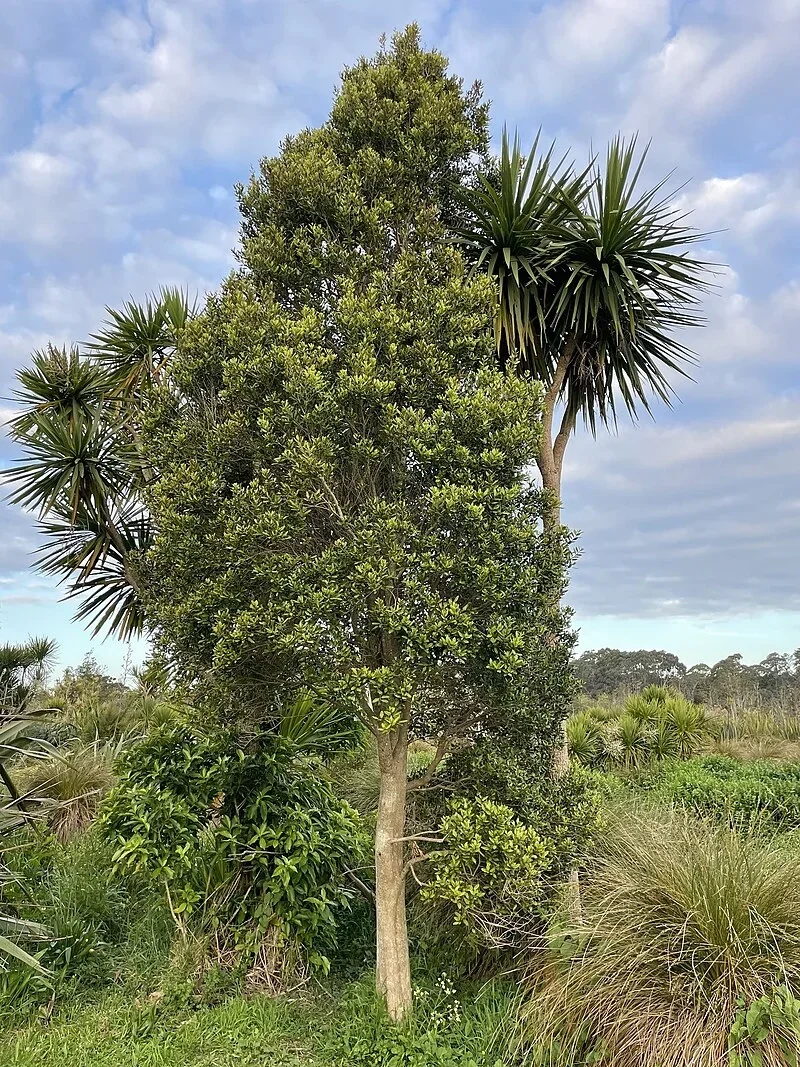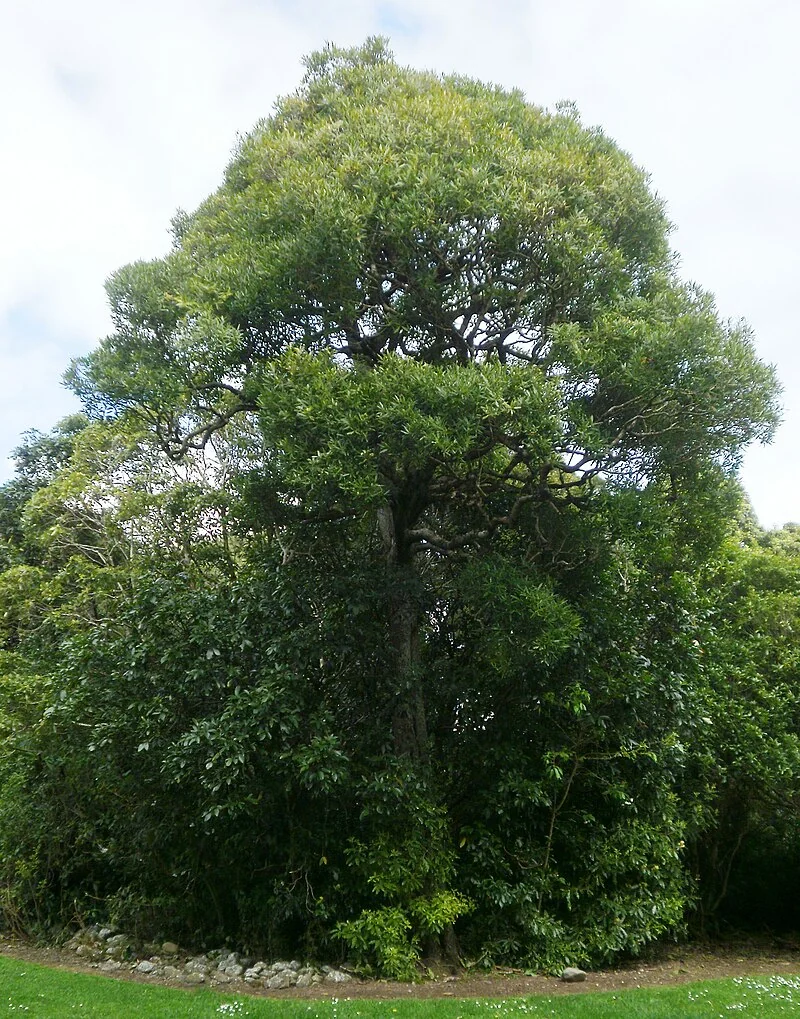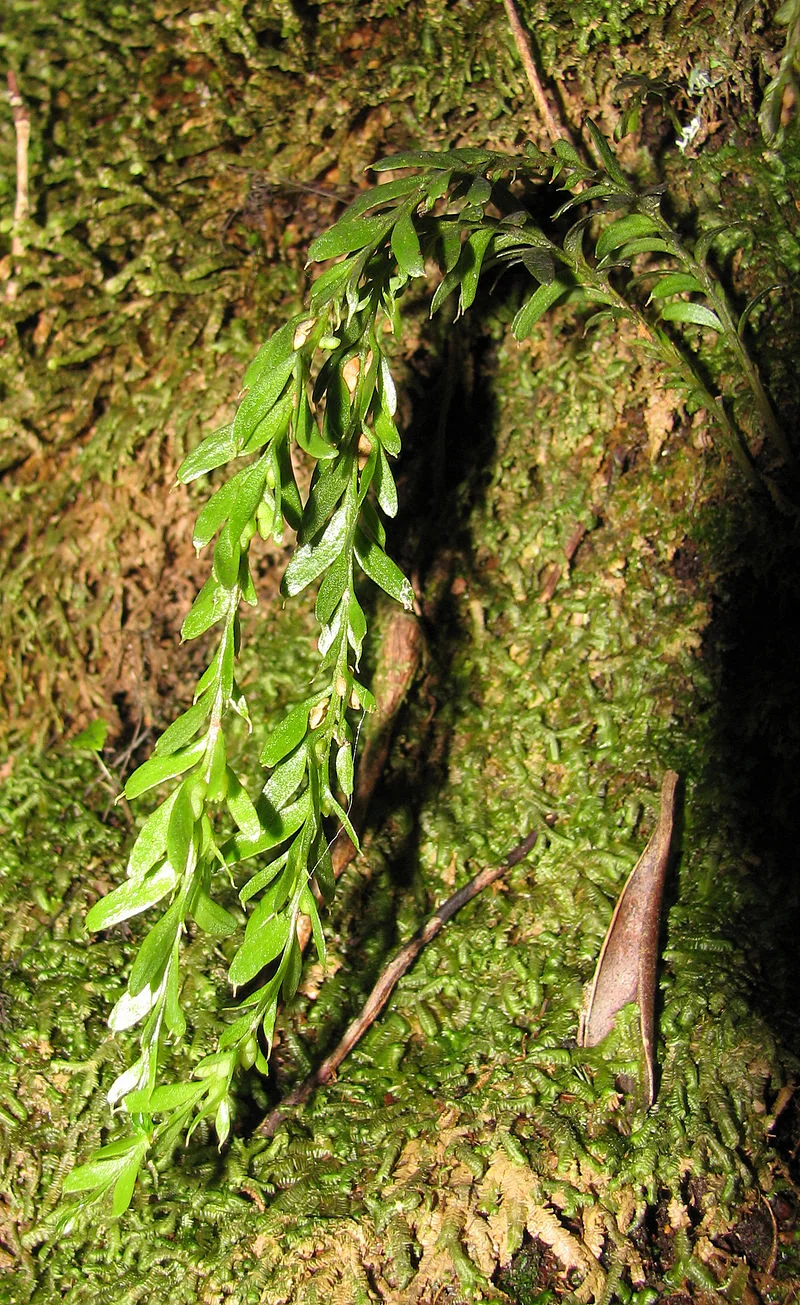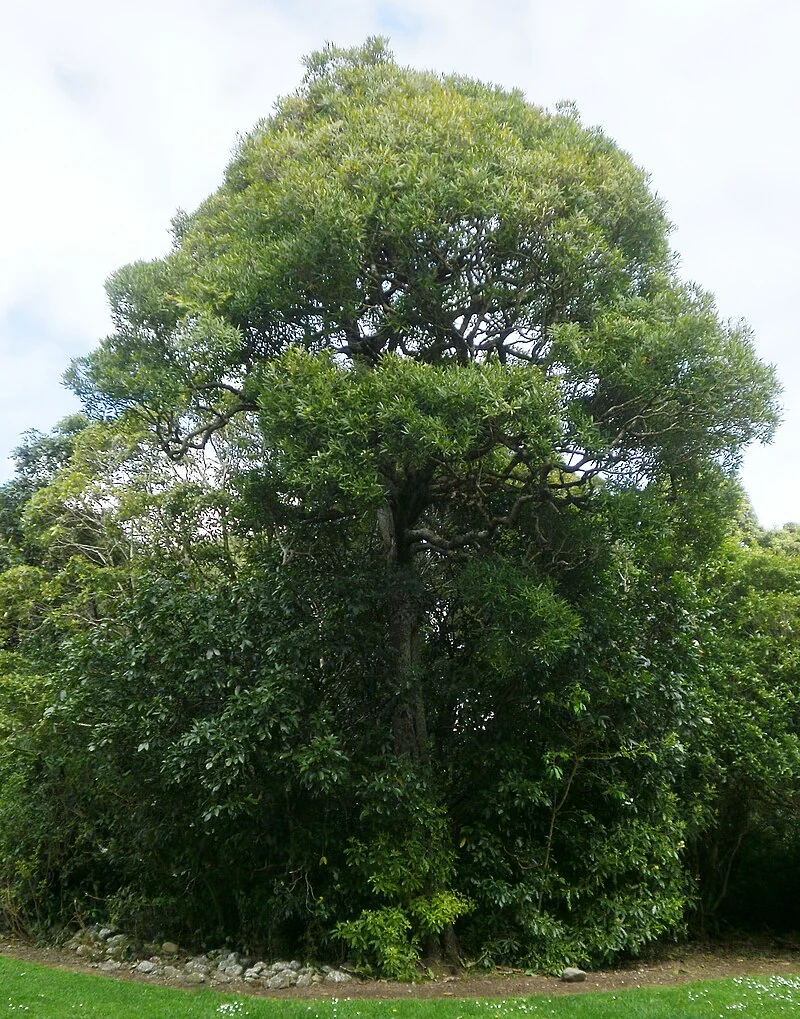
Cushion Plant
Scleranthus uniflorus
A dense, slow-growing alpine cushion plant for cool, free-draining rock and scree gardens. Requires full sun, low fertility and excellent drainage among our alpine plants. Learn more in our native plants guide.

Plant Description
Botanical Features
Cushion Plant (Scleranthus uniflorus), also known as Knawel Cushion, is a dense, moss-like perennial ground cover native to the alpine and subalpine regions of New Zealand. It forms a soft, springy mat of bright green foliage that closely hugs the ground, resembling a living carpet. Its foliage consists of evergreen, bright to light green, tiny, linear, and needle-like leaves that form a tight cushion or mound. Inconspicuous, tiny, pale green to cream or greenish-white flowers appear in summer. They are not grown for their floral display. It typically reaches a height of 0.03-0.05 meters and spreads 0.3-0.6 meters wide. It thrives in full sun to part shade and requires well-drained, sandy or gritty soil. It dislikes winter wet and does not tolerate hot, humid summers. It is drought-tolerant once established, low maintenance, and can tolerate light foot traffic. It is non-toxic to humans and animals.
Quick Facts
Plant Specifications
| Scientific Name | Scleranthus uniflorus |
|---|---|
| Common Name(s) | Cushion Plant, Knawel Cushion, New Zealand Moss |
| Family | Caryophyllaceae |
| Native To | New Zealand (alpine and subalpine regions) |
| Type | Perennial herb, ground cover |
| Height | 0.03-0.05 meters (1-3 inches) |
| Spread | 0.3-0.6 meters (12-18 inches) |
| Leaves | Bright green, tiny, linear, moss-like |
| Flowers | Inconspicuous, tiny pale green to cream or greenish-white (summer) |
| Light | Full sun to partial shade |
| Soil | Well-drained, sandy, or gritty; dislikes winter wet/waterlogging |
| Water Needs | Drought-tolerant once established; benefits from occasional watering |
| Uses | Rockeries, Japanese-style gardens, between pavers, moss/lawn alternative |
| Toxicity | Non-toxic to humans and animals |
| Growth Habit | Slow, tidy growth; no mowing required |
| Frost Tolerance | Hardy once established |
| Salt Tolerance | Moderate; tolerates some coastal exposure |
| Growth Rate | Slow |
| Lifespan | Perennial |
Climate Best Suited to
Scleranthus uniflorus thrives in specific climate conditions, primarily requiring full sun to partial or dappled shade. While it can tolerate some shade, it tends to grow looser and taller in such conditions. It prefers well-drained, sandy, gritty, or loamy soil and dislikes winter wet or waterlogging. It is frost-hardy, typically growing in USDA Zones 6-10, but does not tolerate very hot and humid weather.
Regional Suitability
Scleranthus uniflorus is native to the alpine and subalpine regions of New Zealand. It is well-suited to cooler climates with good drainage and can tolerate frost. It is not ideal for very hot and humid environments.
| Region | Climate Suitability |
|---|---|
| Whangārei | Ideal |
| Auckland | Ideal |
| Hamilton | Ideal |
| Tauranga | Ideal |
| Rotorua | Ideal |
| Gisborne | Ideal |
| New Plymouth | Ideal |
| Napier | Ideal |
| Whanganui | Ideal |
| Palmerston North | Ideal |
| Wellington | Ideal |
| Nelson | Ideal |
| Christchurch | Ideal |
| Dunedin | Ideal |
| Invercargill | Ideal |
Natural Habitat
Cushion Plant (Scleranthus uniflorus), also known as Knawel Cushion, is a dense, moss-like perennial ground cover native to the alpine and subalpine regions of New Zealand. It is commonly found in exposed rocky areas or on cliff faces, particularly in the drier areas located east of the South Island's main divide from Marlborough to northern Southland.
Key Habitats Include:
- Alpine and Subalpine Fellfields and Grasslands: It thrives in these high-altitude environments, often forming dense mats in open, exposed sites.
- Rocky Ground: It is well-adapted to rocky ground, including scree and talus slopes, cliff faces, boulder falls, and fellfields.
- Drier Mountain Ranges: Its prevalence in the drier mountains of the South Island indicates its adaptation to conditions with less consistent moisture.
Preferred Conditions:
- Altitude: It typically grows at elevations ranging from approximately 1,200 to 2,500 meters (3,937 to 8,202 feet) above sea level.
- Full Sun: It prefers full sun and is adapted to intense alpine conditions, including strong winds, cold summers, and frequent freeze-thaw cycles.
- Well-Drained, Low-Fertility Soils: It demands exceptionally well-draining, raw, low-nutrient soils, such as scree, talus slopes, and rocky outcrops. It dislikes winter wet and does not tolerate hot, humid summers.
The unique cushion-like growth of Scleranthus uniflorus is a crucial adaptation that protects it from the harsh alpine environment, minimizing surface area exposed to wind and creating a warmer microclimate within the dense mat. Its specialized habitat underscores its ecological importance in contributing to the biodiversity and unique flora of New Zealand's high country.
Plant Conservation
Scleranthus uniflorus, also known as New Zealand Moss, is a plant native and endemic to New Zealand. Its current conservation status is classified as "Not Threatened" according to the New Zealand Threat Classification System (NZTCS), a status it has held since at least 2012.
Growing Requirements
Soil Requirements
Scleranthus uniflorus prefers well-drained, sandy, or gritty soil. It is crucial to avoid overly wet or spongy soils, particularly during winter, as it will not tolerate waterlogging. It can also grow in average soil.
- Well-drained, sandy, or gritty soil is ideal
- Avoid overly wet or spongy soils, especially in winter
- Does not tolerate waterlogging
Light Requirements
It prefers mostly sun to full sun. While it can tolerate partial shade, it may grow less compactly and become taller in shadier conditions.
- Mostly sun to full sun is preferred
- Partial shade may lead to leggier growth
Water Requirements
Maintain even moisture, ensuring the soil does not completely dry out for extended periods. While drought-tolerant once established, it benefits from occasional watering during prolonged dry spells. When planting, it requires regular watering until established, typically around 12 weeks. A wet-dry watering cycle is recommended, avoiding soggy conditions.
- Maintain even moisture; avoid complete drying out
- Drought-tolerant once established, but benefits from occasional watering
- Regular watering during establishment (approx. 12 weeks)
- Use a wet-dry watering cycle; avoid soggy conditions
Planting Guide
When to Plant
The optimal time to plant Scleranthus uniflorus is from late spring until mid-summer, when the soil is warm and the sun is gentle.
Site Selection
Choose a site with:
- Full sun to partial shade. In hotter climates, very bright shade can be beneficial.
- Well-drained, sandy, or gritty soil. It does not tolerate waterlogging or overly wet, spongy soils, especially during winter.
- Good air circulation.
- Adequate space for its mature spread (0.3-0.6 meters). If planting multiple clumps, space them about 1 inch apart for best results.
Planting Procedure
- Prepare the soil by ensuring it is well-drained, sandy, or gritty. Amend heavy soils with grit or sand to improve drainage.
- Dig a hole large enough to accommodate the root ball.
- Handle the plant gently to protect its delicate root system.
- Position the plant so the crown is at soil level.
- Backfill with soil, gently firming around the base to remove air pockets.
- Water thoroughly immediately after planting to settle the soil.
- Apply a thin layer of grit or fine gravel around the base to help with drainage and prevent rot.
Initial Care
Water regularly until established (around 12 weeks), ensuring the soil remains moist but not waterlogged. Once established, it is drought-tolerant but benefits from occasional watering during prolonged dry spells. Avoid overwatering.
Ecological Role
Ecosystem Roles
In its native alpine environment, Cushion Plant plays important ecological roles and supports specialized alpine ecosystems.
- Ground stabilization: Dense mats prevent soil erosion on slopes
- Microhabitat creation: Provides shelter for small alpine insects
- Pioneer species: Colonizes harsh alpine environments
- Snow protection: Cushion form helps survive under snow
- Alpine pollinator support: Small flowers attract specialist insects
- Substrate modification: Creates organic matter in rocky environments
- Climate resilience: Adapted to extreme temperature fluctuations
Uses and Significance
Landscaping and Garden Uses
Scleranthus uniflorus is primarily valued for its ornamental and landscaping uses. Its dense, moss-like perennial ground cover makes it a versatile plant for various garden settings.
- Ideal for rockeries, alpine, and gravel gardens due to its compact habit.
- Well-suited for Japanese-style gardens with its structured, moss-like appearance.
- Can be planted effectively between pavers or used for garden edging.
- Serves as a low-maintenance alternative to traditional lawns in small, dry areas.
- Suitable for growing in pots and containers.
- Its dense growth helps to suppress weeds.
Key Attributes
- Forms a soft, springy mat of bright green foliage, providing year-round color and form.
- Low maintenance, requiring no mowing and exhibiting a slow, tidy growth habit.
- Drought-tolerant once established.
- Can tolerate light foot traffic once established.
- Non-toxic to both humans and animals.
- Flowers are inconspicuous and not the main ornamental feature.
Landscaping Applications
Design Ideas
Cushion Plant offers unique design opportunities for specialized garden situations requiring low-maintenance groundcover.
- Rock gardens: Perfect for crevices and between stones
- Alpine gardens: Authentic alpine plant community member
- Japanese gardens: Moss-like appearance suits contemplative spaces
- Green roofs: Excellent for extensive roof gardens
- Paving gaps: Natural-looking alternative to standard groundcovers
- Miniature landscapes: Scale perfect for fairy gardens
- Xerophytic plantings: Water-wise garden component
- Contemporary design: Modern architectural landscaping element
Seasonal Care Calendar
Spring
In spring, Scleranthus uniflorus begins its active growth. This is an ideal time for planting new specimens or dividing clumps. Fertilize with a slow-release fertilizer if desired. Ensure consistent moisture as new growth emerges.
- Plant new specimens or divide clumps
- Apply slow-release fertilizer
- Ensure consistent moisture
Summer
Summer is the peak growing season for Scleranthus uniflorus. Inconspicuous flowers may appear. Ensure consistent moisture, especially during dry spells, but avoid waterlogging. Monitor for any brown patches and treat with fungicide if necessary.
- Inconspicuous flowers appear
- Ensure consistent moisture; avoid waterlogging
- Monitor for brown patches and treat with fungicide
- If used as a lawn alternative, mow monthly
Autumn
During autumn, Scleranthus uniflorus continues its evergreen display. Reduce watering as temperatures cool. Ensure good drainage to prevent winter wet issues.
- Foliage remains evergreen
- Reduce watering
- Ensure good drainage
Winter
Winter is generally a period of slower growth for Scleranthus uniflorus. It is frost-hardy, but ensure it is not in overly wet soil, as it dislikes winter wet. If used as a lawn alternative, mow once.
- Minimal care needed
- Ensure well-drained conditions to avoid winter wet
- If used as a lawn alternative, mow once
When to Prune and How Much
Pruning Guidelines
Scleranthus uniflorus generally does not require extensive pruning. Its natural growth habit is to form a dense, compact cushion.
- Minimal pruning is needed to maintain its compact, mounding shape.
- Can be sheared once a year, ideally after flowering in spring or early summer, to encourage fresh growth and density.
- Remove any dead or damaged foliage to keep the plant tidy and healthy.
- If the center of the plant begins to die back with age, lift and divide the clump in autumn or early spring to rejuvenate.
- Avoid over-pruning to prevent creating bare patches.
- Always use sharp, clean tools to prevent the spread of diseases.
How to Grow Cushion Plant
Cushion Plant (Scleranthus uniflorus) forms tight, moss-like mats in alpine and rock-garden settings. This unique New Zealand native is highly valued for its ability to create dense, evergreen cushions that are perfect for filling gaps between pavers, softening rock edges, or as a low-maintenance lawn alternative in small, dry areas. Its slow growth and compact habit make it an ideal choice for specialized garden designs. Successful cultivation depends on providing sharp drainage, cool conditions, and protection from prolonged winter wet. Understanding its propagation methods is key to successfully establishing this distinctive alpine plant.
By Division
Division of established clumps is the most reliable and commonly suggested method for propagating Scleranthus uniflorus. This is best undertaken in cool, moist weather, typically in early spring or early autumn. Carefully lift the mat gently with a broad blade or trowel, then tease apart small sections that include both living green growth and attached roots, being careful to avoid breaking the fine root network. Replant divisions immediately at the same depth into a gritty, free-draining mix, such as a blend of fine gravel, sand, and a small amount of compost. Water thoroughly to settle the soil around the roots. Keep the newly planted divisions evenly moist (never waterlogged) and shaded from hot afternoon sun until new growth indicates successful establishment. This method is particularly effective for expanding existing plantings or for rejuvenating older clumps that may show dieback in the center.
From Seed
Propagating Cushion Plant from seed is possible but generally slower and less predictable than division. Sow fresh, cleaned seed in autumn or late winter onto a sterile, gritty, free-draining seed mix. Surface sow or cover very lightly with fine medium, as light can aid germination. Maintain cool temperatures (around 10-15 °C), bright but indirect light, and steady moisture with a fine mist. Germination is often irregular and can take several weeks to months. Once tiny seedlings appear, carefully prick them out with a plug of media to minimize root disturbance and grow them on in cool, well-lit conditions. Gradually harden them off before planting out. Due to the slow growth rate from seed, this method is often preferred by specialist growers or for large-scale propagation projects.
Pests and Diseases
Scleranthus uniflorus is generally considered to be pest-free. However, it can be susceptible to certain diseases, primarily related to improper growing conditions.
Common Pests
- Generally pest-free, but always monitor for any unusual activity.
Common Diseases
- Fungal Disease: The most commonly mentioned issue, often manifesting as brown patches. This is frequently caused by overly wet or poorly drained soils, particularly during winter months. If brown patches appear, it's recommended to rub them out and treat with a fungicide.
- Root Rot: Can occur if the plant is left in very wet soil. Ensure excellent drainage to prevent this.
Other Issues
- Dieback in the center: With age, especially in heavier soils, Scleranthus uniflorus may experience dieback in the center. This can be addressed by lifting and dividing the plant clumps.
Maintaining proper growing conditions, especially well-drained soil and appropriate watering, is key to preventing most issues with Scleranthus uniflorus.
Cultural Significance
Scleranthus uniflorus, also known as Knawel Cushion or Cushion Plant, is a dense, moss-like perennial ground cover native to the alpine and subalpine regions of New Zealand. While it is valued for its horticultural uses, such as in rockeries, Japanese-style gardens, between pavers, and fairy gardens, there is no extensive documented cultural significance beyond these applications. There is no mention of its use in traditional medicine, folklore, or any deeper symbolic meaning within specific cultures.
Bonus Tip
Scleranthus uniflorus is an excellent, low-maintenance groundcover for rockeries, Japanese-style gardens, or as a lawn substitute in areas with light foot traffic. It thrives in full sun with good drainage and is drought-tolerant once established, offering year-round vibrant green color and a unique moss-like texture. Despite its dense, moss-like appearance, Scleranthus uniflorus is bizarrely related to carnations. It's also known as "Knawel cushion," a name that comes from the knob-like shape of the plant, resembling the knobs of wool used by knitters in ancient times.
